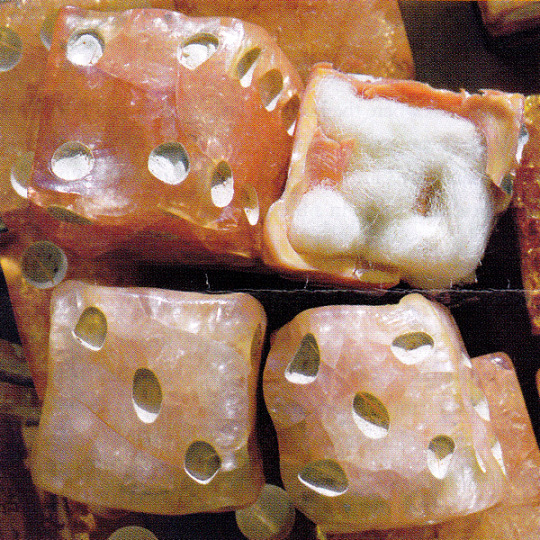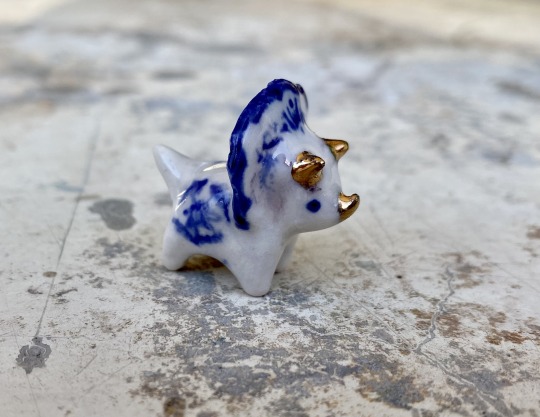20aine / he/him/il/lui (transgenré, settler) / Je vis à Tiohtiá:ke/Mooniyang (Icon by Olivier Latyk)
Don't wanna be here? Send us removal request.
Text
#j'vais métouffer#cette vidéo est excellente je suis écrasé de rire#pourfends hibou minuscule#cheer me up scotty!
71K notes
·
View notes
Text
task manager kill this man
69K notes
·
View notes
Photo




Cellulose nitrate was used to make dice from the late 1860s until the middle of the twentieth century, and the material remains stable for decades. Then, in a flash, they can dramatically decompose. Nitric acid is released in a process called outgassing. The dice cleave, crumble, and then implode.
From Dice: Deception, Fate & Rotten Luck by Ricky Jay and Rosamond Purcell, 2002.
74K notes
·
View notes
Text


Little fucking guy alert!!
[ID: two photos of a porcelain triceratops from different angles. The triceratops is very small and has blue floral designs on its crown and body. Its three horns are painted with gold luster.]
128K notes
·
View notes
Text
your body is a machine! that turns "penis" into " sucked penis "
10K notes
·
View notes
Text
i keep thinking about medieval romances' episodic structure, where a knight sort of wanders and things just happen—he comes to a castle, he meets a damsel, he fords a river—without a recognizably modern sense of plot progression. the things that happen are sometimes similar or repetitive, & i heard a lecture once which suggested that we might think of these romances instead as iterative, moving towards or around some point, a moral, a theme, a tableau. similarly, the linear view of time is more modern than medieval—a great deal of medieval christian scholarship lays out historical events as prefiguring or mirroring biblical narratives, which were played out again through the course of the liturgical year. time moves forward in a sort of spiral shape, & events recur, different but recognizable, readable.
the green knight leans into this cyclical feeling in some really pointed ways, and it's something i love about the movie, that it leaves space for some idea of a medieval concept of temporality. when gawain meets winifred, she says to him: a knight cut off my head. was it you? she sees an echo, and it's neither literally true nor a mistake. the wheel spins. the camera pans, and gawain's bones molder; it pans back, and he wriggles free. the green knight lifts his axe, and gawain flinches; he lifts it again, and what does gawain do? so the end shows both progress—gawain, a brave knight at last—and has only spun the wheel, because, after all, it always happens again. there's hope, but no escape.
191 notes
·
View notes
Text

The legend of King Arthur predates thinking
51K notes
·
View notes
Text
They call me patient zero on account of me starting the spread of the disease
735 notes
·
View notes
Text
its time to take the turkey out of the oven. its done now.
48K notes
·
View notes
Text
He was as tall as he was tall, and his eyes were the color they were. To describe his hair one would say that he had some. His face had all the features you'd expect, and none of the ones you wouldn't. "There he is," people would often say of him, but only when he was there. And they were right.
121K notes
·
View notes














